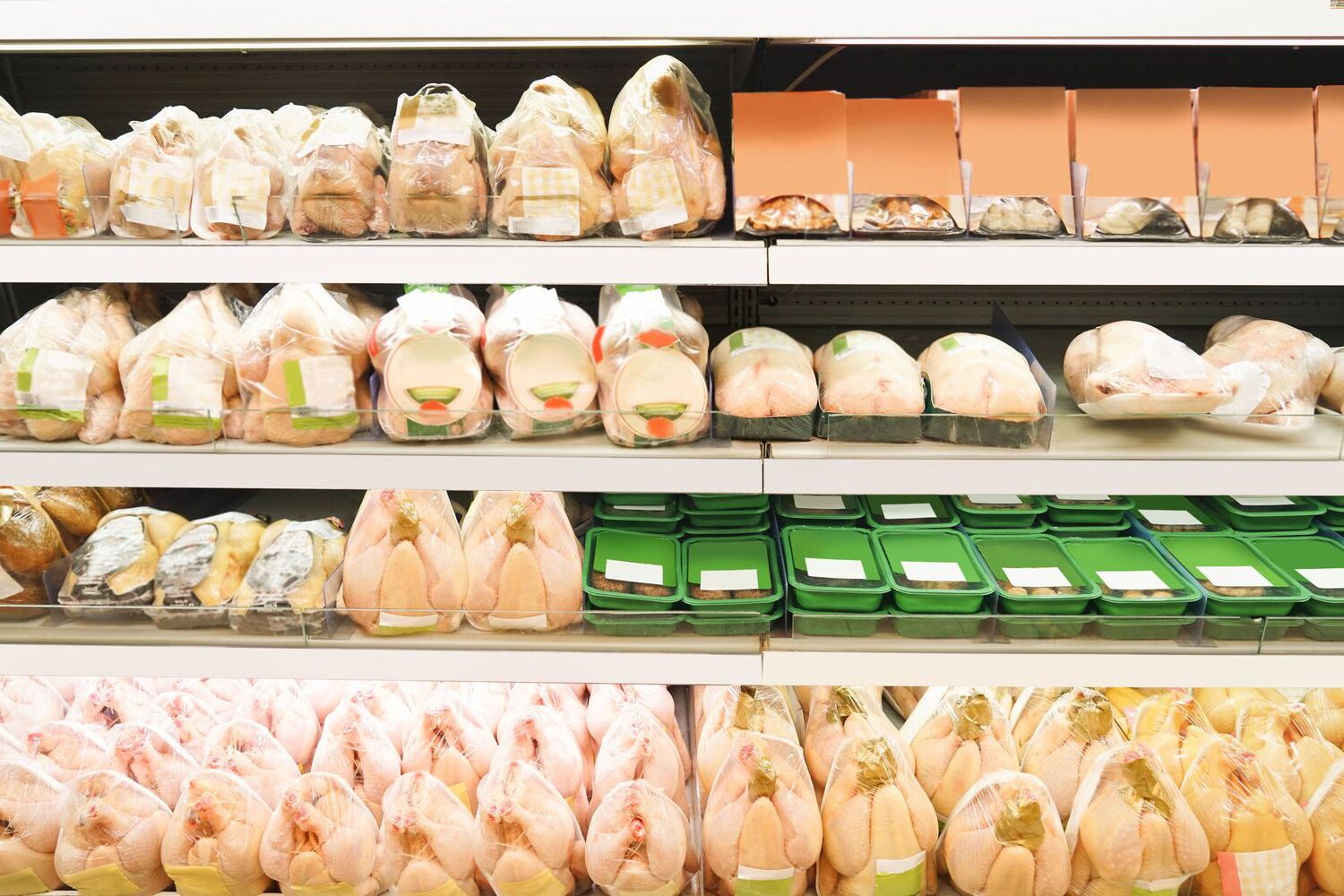
Ever wondered how long your favorite snacks stay fresh? Understanding the shelf life of food can save money, reduce waste, and keep you healthy. From pantry staples to refrigerated items, knowing how long foods last is crucial. Shelf life refers to the period during which a product remains safe to consume and retains its desired qualities. Factors like storage conditions, packaging, and ingredients all play a role. Whether it's canned goods, dairy products, or fresh produce, each has its own timeline. Let's dive into 30 intriguing facts about shelf life that will help you make informed choices and keep your kitchen stocked with fresh, safe-to-eat items.
Key Takeaways:
- Shelf life varies between products, with factors like temperature, packaging, and preservatives affecting it. Understanding these can help in reducing waste and ensuring safety when consuming or using items.
- Different food and non-food items have unique shelf lives. Factors like humidity, air exposure, and microbial contamination can affect shelf life. Proper storage and usage methods can help extend the usability of products.
Understanding Shelf Life
Shelf life refers to the period during which a product remains usable, fit for consumption, or saleable. Knowing the shelf life of items helps in planning purchases, reducing waste, and ensuring safety.
- Shelf life varies greatly between products. Fresh produce like bananas may last only a few days, while canned goods can remain safe for years.
- Temperature plays a crucial role. Cold storage can extend the shelf life of many perishable items.
- Packaging impacts longevity. Vacuum-sealed or airtight packaging can significantly prolong the shelf life of food products.
- Preservatives are often added to extend shelf life. Common preservatives include salt, sugar, and various chemicals.
- Light exposure can degrade certain products. For example, olive oil should be stored in dark bottles to prevent oxidation.
Food and Beverage Shelf Life
Different food and beverages have unique shelf lives. Understanding these can help in better storage and consumption practices.
- Dairy products like milk and cheese have shorter shelf lives. Milk typically lasts about a week, while hard cheeses can last several months.
- Bread and baked goods spoil quickly. Most bread lasts about a week before molding.
- Canned foods can last for years. Properly stored, they remain safe and nutritious for up to five years.
- Frozen foods have extended shelf lives. Meats can last up to a year in the freezer.
- Beverages like wine can improve with age. However, not all wines benefit from long-term storage.
Non-Food Items Shelf Life
Shelf life isn't limited to food. Many non-food items also have expiration dates that affect their usability.
- Medications have specific expiration dates. Using them past this date can be ineffective or harmful.
- Cosmetics and skincare products degrade over time. Mascara, for example, should be replaced every three months.
- Cleaning products can lose effectiveness. Bleach typically lasts about six months before it starts to degrade.
- Batteries have a shelf life. Alkaline batteries can last up to ten years, while rechargeable ones have a shorter lifespan.
- Paint can spoil. Unopened cans can last up to ten years, but opened cans should be used within two years.
Factors Affecting Shelf Life
Several factors influence the shelf life of products. Understanding these can help in better storage and usage.
- Humidity can cause spoilage. High humidity levels can lead to mold growth on food and other items.
- Air exposure accelerates degradation. Oxygen can cause oxidation, leading to spoilage.
- Microbial contamination shortens shelf life. Bacteria, yeast, and mold can cause food to spoil quickly.
- Chemical reactions can degrade products. For example, fats can become rancid through oxidation.
- Physical damage can reduce shelf life. Bruised fruits and vegetables spoil faster.
Extending Shelf Life
There are various methods to extend the shelf life of products, ensuring they remain usable for longer periods.
- Refrigeration slows down spoilage. Keeping perishable items cold can significantly extend their shelf life.
- Freezing preserves food for long periods. Many foods can be frozen to extend their usability.
- Dehydration removes moisture. Drying foods like fruits and meats can prevent microbial growth.
- Canning seals food in airtight containers. This method can preserve food for years.
- Fermentation extends shelf life. Foods like sauerkraut and yogurt are preserved through fermentation.
Shelf Life Labels and Dates
Understanding the labels and dates on products can help in making informed decisions about their usage.
- "Best by" dates indicate peak quality. These dates suggest when the product will be at its best flavor and texture.
- "Use by" dates are for safety. Consuming products past this date can pose health risks.
- "Sell by" dates guide retailers. These dates help stores manage inventory but don't necessarily mean the product is unsafe after this date.
- "Expiration" dates are final. Products should not be consumed past this date.
- "Pack" dates show when the product was packaged. This can help in determining freshness, especially for perishable items.
Final Thoughts on Shelf Life
Understanding shelf life helps you make better choices about food and products. Knowing how long items last can save money and reduce waste. Fresh produce, dairy, and meats have shorter shelf lives, while canned goods and dried foods last longer. Always check expiration dates and store items properly to extend their usability.
Shelf life isn't just about food. It applies to cosmetics, medications, and household items too. Using products past their prime can affect their effectiveness and safety. So, keep an eye on those dates and rotate your stock regularly.
By being mindful of shelf life, you can ensure you're using items at their best quality. This simple practice can make a big difference in your daily life. Stay informed, stay safe, and make the most of what you have.
Frequently Asked Questions
Was this page helpful?
Our commitment to delivering trustworthy and engaging content is at the heart of what we do. Each fact on our site is contributed by real users like you, bringing a wealth of diverse insights and information. To ensure the highest standards of accuracy and reliability, our dedicated editors meticulously review each submission. This process guarantees that the facts we share are not only fascinating but also credible. Trust in our commitment to quality and authenticity as you explore and learn with us.


